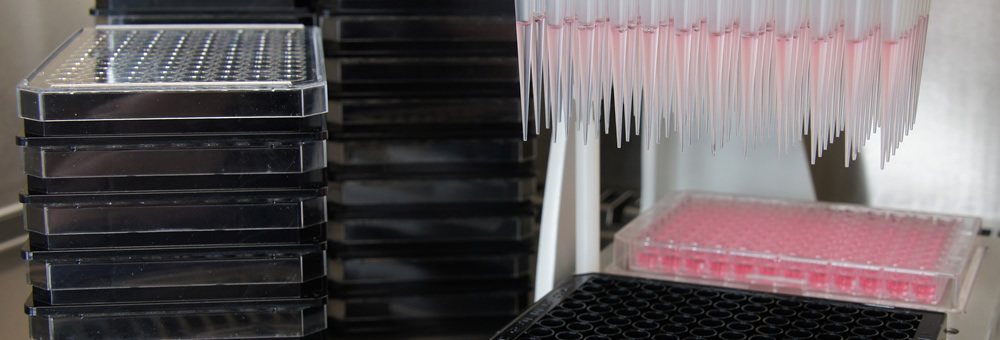Target-based hits
PANVIPREP aims to identify and explore the most suitable targets for broad(er)-spectrum antiviral drug discovery and development. The project contains a crucial feedback loop: information from mode-of-action and target evaluation studies will fuel additional target-based drug discovery, thus expanding the hit portfolio and helping to define the best hit series for further development. For each virus group, these efforts will further increase our understanding of their ‘antivirome’, the collective set of viral targets amenable to inhibition by small-molecule compounds.
In the coming decade, we foresee a paradigm change: massive global antiviral datasets will become available (consisting of information on viruses, infected cell-based assays, viral targets, compounds, PK and tox data) in combination with new high-resolution structural models (X-Ray/Cryo-EM) and improved virtual screening methods. This “antiviral data cloud” will be an extraordinary substrate for AI to predict and propose high-content focused libraries. We anticipate that hit rates from phenotypic and enzymatic assays will continuously increase in the coming years.
PANVIPREP will incorporate and expand these developments in our “From target to hits” effort (WP4). Drug development will be accelerated by creating data packages, integrating disciplines and expertise, and thus closing the loop of drug discovery across work packages 2, 3, and 4. This part of the project will be executed in close collaborations of consortium members, stimulated by the multidisciplinary Specialized Workgroups for Integration, Formatting, and Transfer of Hit Data (SWIFT-HD) approach. It will focus on Partners’ database access and interoperability to extrapolate and extract hidden data using AI/ML methods. In doing so, PANVIPREP will emerge as a knowledge hub delivering the knowledge, infrastructure, reagents and tools and enriching PANVIPREP partners' capabilities in a synergistic scientific endeavor, both within the project and extending to the broader scientific community.
